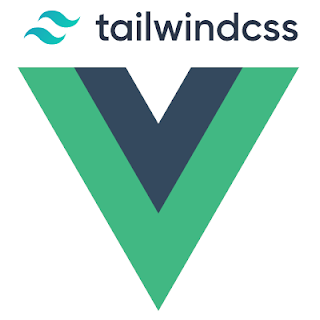My Productivity Stack in the Age of AI (Software & Hardware)

We’re living in an incredible moment for productivity. AI tools are reshaping how we work, letting us move faster, explore ideas more freely, and focus on higher-level thinking. Every day, it feels like there’s something new that can supercharge our workflow. Still, I’ve realized that no matter how powerful the AI assistant is, the foundation, the tools we sit on and type into every day, can either unlock that potential or hold it back. Over the last few months, I’ve been on a mission to fine-tune my setup, and I’ve landed on a stack of software and hardware that has genuinely made a huge difference. Let's dive in. The Software This is the digital engine. Make it fast, make it smart, and make it work for you. 1. The OS: Linux/Ubuntu To me, speed is everything. I’ve used Windows for a long time, but as I started running more things in parallel, the slowdowns became obvious. Working on several projects at once, with different apps and agents running in the background, made the syste...


